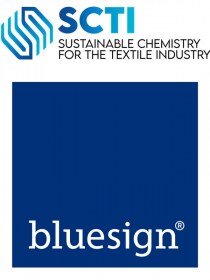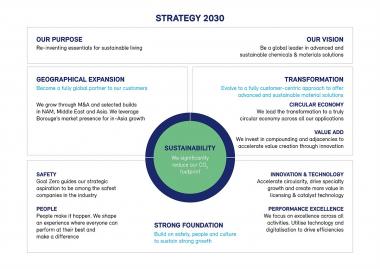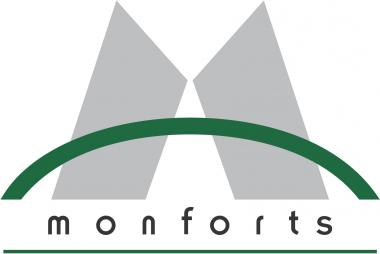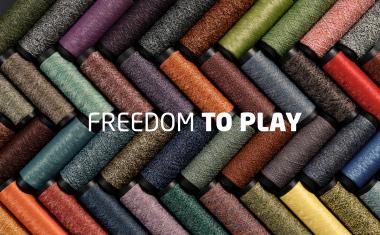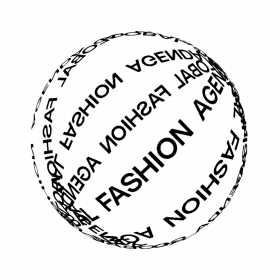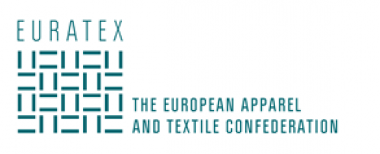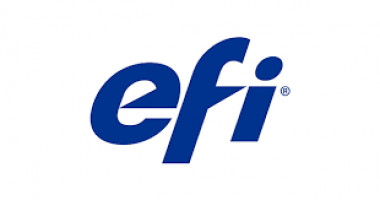Krise statt Erholung für den textilen Mittelstand
Die steigenden Erdgas- und Strompreise führen zu erheblichen Belastungen der mittelständisch geprägten Textilindustrie in Baden-Württemberg. Südwesttextil fordert weitergehende Maßnahmen, die schnell und unbürokratisch energieintensive Produktionen entlasten.
Die textilen Wertschöpfungsketten sind komplex und energieintensiv – in Stufen wie der Textilveredlung oder der thermischen Behandlung ist Gas nicht ersetzbar. Die mehr als verzehnfachten Strompreise als Folge der aktuellen Situation auf dem Energiemarkt sind ebenfalls für alle Unternehmen mit stromintensiver Produktion wirtschaftlich nur schwer abzufangen. Bei den kleinen und mittelständigen Unternehmensstrukturen sind die Grenzen erreicht; es drohen erhebliche Betriebsschließungen aufgrund drastisch gestiegener Energiekosten. Bei Wegfall dieser Betriebe können Textilien in Deutschland nicht mehr entwickelt und produziert werden.
Was die Textil- und Modeunternehmen brauchen, so der Verband, ist eine gemeinsame Lösung auf Bundes- und europäischer Ebene – schnell, konkret, unbürokratisch – in Form folgender Maßnahmen:
- Schnellstmögliche Einführung wettbewerbsfähiger Industriepreise für Strom und Gas
- Vermeidung des Merit-Order-Effekts und Senkung des Strombörsenpreises
- Abschaffung der Gasumlage
- Reduzierung der Strom- und Energiesteuern auf das europäische Minimum
- Wirksame Entlastung des gesamten produzierenden Gewerbes bei der nationalen C02-Bepreisung
- Mindestens anteilige Finanzierung der Netzentgelte und Umlagen bei Strom und Gas aus dem Bundeshaushalt
- Vereinfachung und Verlängerung von Krisenhilfen und vollumfängliche Nutzung der Krisenbeihilferahmen der EU-Kommission
- Beschleunigung des Energieträgerwechsels und Abbau bürokratischer Hürden bei der Umsetzung
Südwesttextil-Hauptgeschäftsführerin Edina Brenner: „Eine Regierung, die in ihrer Wirtschaftspolitik Wert auf Produktion in Deutschland, Innovationskraft und Nachhaltigkeit legt, muss in solchen Zeiten klar hinter dem deutschen Mittelstand stehen. Wir fordern daher eine schnelle Konkretisierung, bürokratiearme Umsetzung und weitreichende Berücksichtigung der energieintensiven Produktion.“
Verband der Südwestdeutschen Textil- und Bekleidungsindustrie Südwesttextil e.V. Südwesttextil Energiekrise Gas
Verband der Südwestdeutschen Textil- und Bekleidungsindustrie Südwesttextil e.V.












